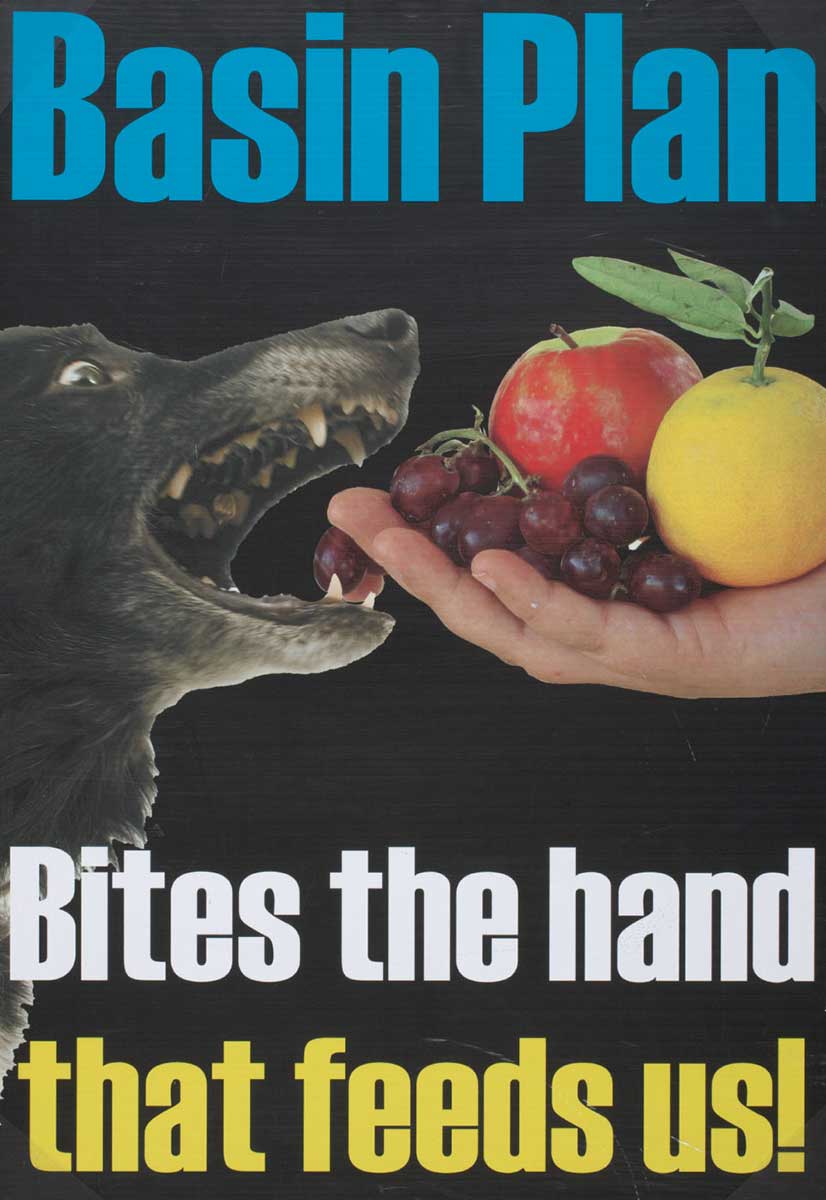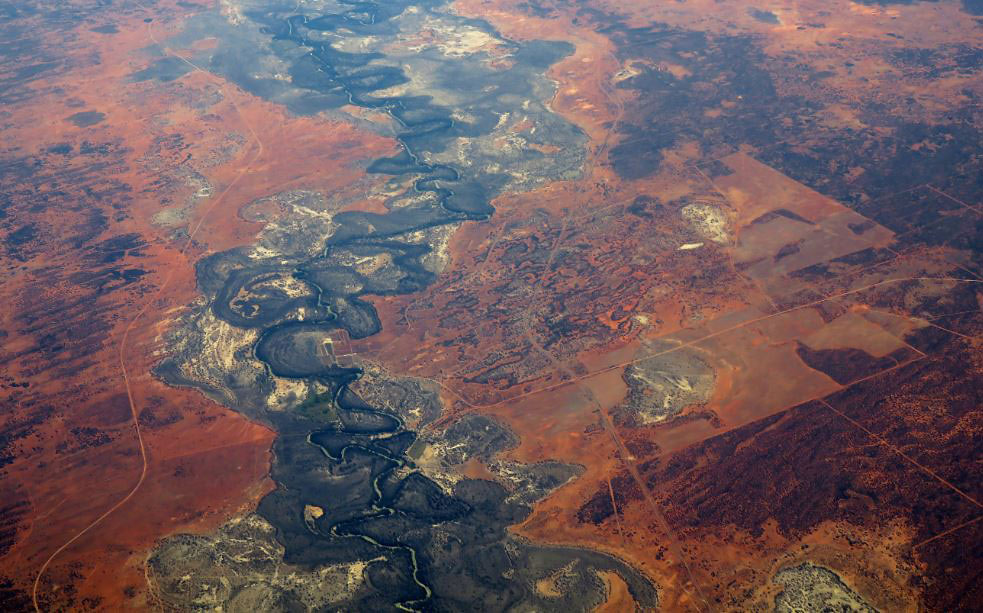The Murray–Darling Basin is one of Australia’s most significant agricultural areas. It covers some 1,061,469 square kilometres stretching from Queensland to NSW, the ACT, Victoria and South Australia.
For generations the basin has been the heartland for over 40 Aboriginal nations. Today it is home to 2.6 million people and supplies up to a third of Australia’s food.
Murray–Darling Basin Plan Defining Moment
Our Defining Moment explores the management and history of the basin, which includes 6 of Australia’s 7 longest rivers. In total, the basin includes 77,000 kilometres of rivers which form the most complex riverine ecosystem in Australia.
The 20th century represented a period of ecological mismanagement and decline for the basin. Networks of dams, weirs, locks, canals and pipes were constructed to provide water for irrigation and town water, and later for the construction of the Snowy Mountains Hydro-Electric Scheme.
These changes, as well as the increasing industrialisation of the basin, contributed to changes in temperature, timing and flows in the delicate ecosystem.
In response to the basin’s decline, the Murray–Darling Basin Authority was created with the purpose of managing the basin in the national interest. In 2010 the authority released the Murray–Darling Basin Plan.
The plan outlined limits to the amount of water that could be extracted from the basin. This proved to be controversial with people who lived in the area as their livelihoods were dependent on the basin and its resources.
The plan was passed in 2012 with a reduced water extraction target. It remains a contested framework for restoring the health of the river system, and it continues to evolve in response to the challenges of competing interests.
Murray–Darling Basin Authority collection

The controversy surrounding the Murray–Darling Basin Plan was compounded by resource scarcity and ecological change. These tensions contributed to protests and activism.
The Murray–Darling Basin Authority collection was donated to the Museum and documents tensions arising from the ecological impact of the expanding irrigation industry, as well as the attitudes of riverine communities towards their local environment and industry.
The collection features protest material from meetings across the Murray–Darling Basin. It also complements the Museum’s growing collection of protest memorabilia, as well as material from Murray–Darling Basin communities.
Critical Undercurrents: A One River symposium
Robyn Archer is an Australian singer, writer and advocate for the arts, domestically and internationally. In this audio program she outlines how she conceived the One River program as a means to recognise and explore Canberra’s status as the largest city in the Murray–Darling Basin, and a place connected physically and metaphorically into Australia’s greatest river system.
Kirsten Wehner, former head curator of People and the Environment at the National Museum of Australia, also outlines the Museum’s involvement with the Murray–Darling Basin since its creation in 1980.
Critical Undercurrents a One River symposium 25 Aug 2013
Welcome and introduction to Critical Undercurrents – a One River symposium
We’ll keep bringing objects, collections, exhibitions and programs from the vault as part of the Museum from Home experience. Stay tuned!
In our collection

